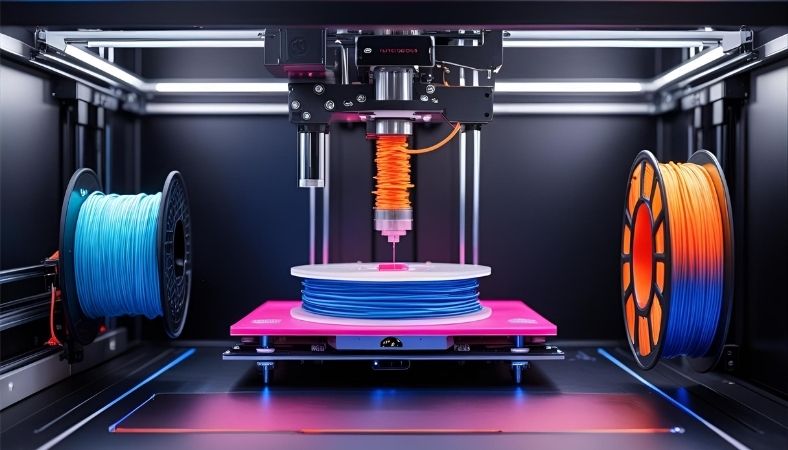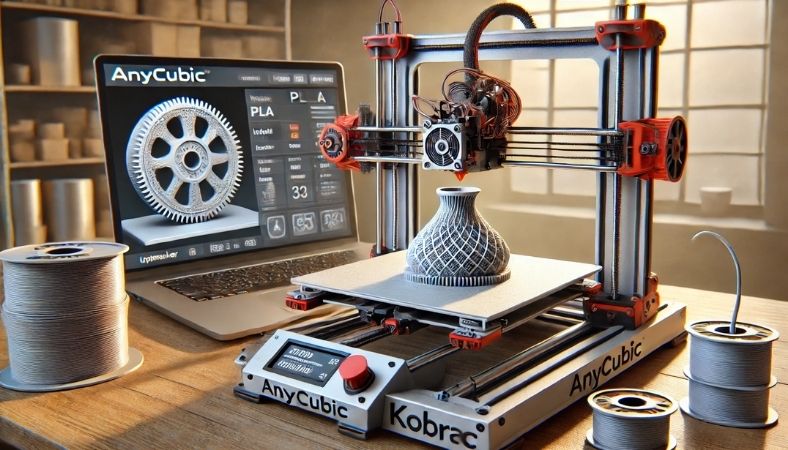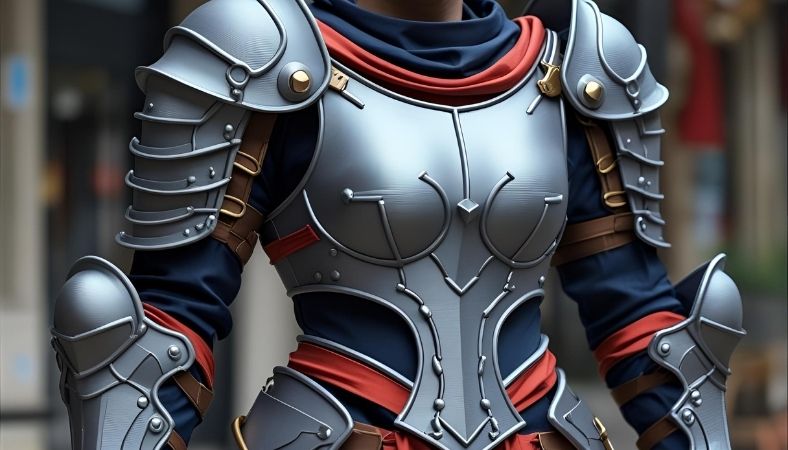Key Takeaways
- Multicolour 3D printing can cut down on waste by up to 70% thanks to smarter designs like tool-changers that swap colours cleanly.
- Even beginners can handle printers that do 16 or more colours at speeds up to 600mm per second, making fun projects quick.
- Sustainability matters more now, with features like AI to spot errors early and eco-friendly filaments that help the planet.
- The market is growing fast, with a 21% yearly increase worldwide, and China is pushing ahead at 27.5% to hit $7.91 billion by 2030.
- Picking compatible materials like PLA and PETG can stop most clogs, saving you time and frustration.
What Is Multicolour 3D Printing?
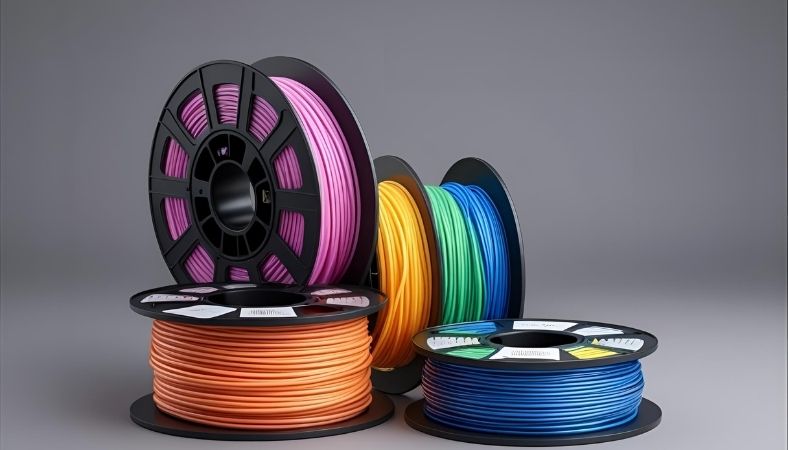 Multicolour 3D printing is all about creating objects with more than one colour in a single print job. Instead of sticking to plain plastic, you feed in different colored filaments, and the printer layers them to build something vibrant. Think of it as colouring a picture, but the machine does the work for you.
Multicolour 3D printing is all about creating objects with more than one colour in a single print job. Instead of sticking to plain plastic, you feed in different colored filaments, and the printer layers them to build something vibrant. Think of it as colouring a picture, but the machine does the work for you.
This differs from single-colour printing, where everything comes out monotone and you might need to paint by hand. With multicolour, it’s built right in, perfect for detailed prototypes or fun gadgets. For example, one method blends colours like paint mixing to create millions of shades from just a few basics.
Picture a kid wanting a rainbow toy, multicoloured makes it happen without extra steps. It’s not just for looks; it adds function, like colour-coding parts in a model engine. As tech gets better, these printers are becoming a go-to for hobbyists and pros alike.
2025 Trends in Multicolour Printing
This year, multicolour 3D printing is focusing on being smarter and less wasteful. New models cut down on the extra filament that gets tossed during colour changes, sometimes by 70%. Things like MIT’s trick of tuning one material for different colours and textures are making waves.
Speed is another big push—printers now zip along at 600mm per second while handling multiple colors. Modular add-ons, like the Co Print ChromaSet, let you upgrade an old machine without buying new. And AI steps in to watch for issues, like humidity messing up prints, catching problems before they ruin your work.
Sustainability is key too, with more recyclable materials and ways to smooth prints without harsh chemicals. In China, the market is booming at a 27.5% yearly growth, leading to affordable options flooding in. Overall, it’s shifting from gimmicky to practical, helping businesses save 82% on costs for custom parts.
Imagine you’re rushing a prototype for work—these trends mean less wait time and fewer headaches. Hybrid setups mixing 3D printing with other tools, like CNC, give smoother finishes. It’s exciting how this tech is evolving to fit everyday needs.
Top Methods for Multicolour Prints
There are a few main ways to get multicolour results, each with its own perks. Dual extruders use two nozzles to switch colours on the fly, great for clean lines, but can lead to some waste. IDEX systems, with independent heads, move faster and handle different materials without mixing them up.
Tool-changers, like in the Prusa XL, swap entire heads for colours, cutting down on that “printer poop” leftover. Then there’s single-nozzle blending, where filaments mix inside to create gradients, think smooth rainbows from one setup. AMS systems from Bambu Lab automate feeding up to 16 colours, making it hands-off.
For resin-based SLA, colour matching happens post-print or with special mixes. Upgrading with an MMU kit turns a basic printer into a multicoloured one cheaply. Pick based on what you print most; for hobbies, blending might be fun and simple.
Let’s say you’re making a custom phone case, dual extruders let you add logos in contrasting colours easily. These methods make multicolour 3D printing accessible, but test small prints first to see what works best for you.
Best Multicolour 3D Printers Compared
When shopping for a multicoloured 3D printer, a few stand out in 2025. The Bambu Lab A1 Mini is ideal for starters, handling 16 colours through its AMS system at blazing speeds. It’s compact, under $500, with auto-levelling to skip setup fuss, but the build area is smaller for big projects.
Prusa XL shines for pros with its tool-changer that minimizes waste and supports multi-materials like PLA and TPU together. It’s pricey, around $2,000, but reliable with open-source software for tweaks. Compared to single-colour models, it adds versatility without much extra cost long term.
Creality K2 Plus offers a good middle ground, with IDEX for quick swaps and a large build volume. At about $600, it’s budget-friendly, though it might need more calibration. Anycubic Kobra 3 uses blending for gradients, fast at 600mm/s, but watch for clogs if filaments don’t match.
Flashforge AD5X focuses on ease, with power recovery to resume after outages—99% success rate. Versus older models, these cut prototyping time by 50%. For businesses, 70% now use them for end parts, up from last year.
Think of comparing them like picking a car: Bambu for city driving, Prusa for long hauls. Each has pros like speed or low waste, and cons like higher prices. Stats show FDM style dominates 59% of multicolour uses for its affordability.
How to Choose a Multicolour Printer
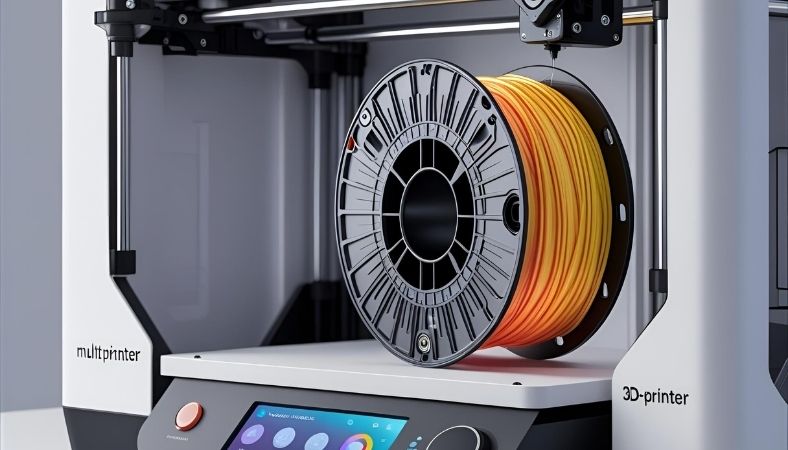 Start by thinking about your budget and what you’ll print. Under $900 gets you solid entry-level, like the Anycubic, while pros might splurge on Prusa for durability. Check the build volume if you make large items; go bigger to avoid splitting prints.
Start by thinking about your budget and what you’ll print. Under $900 gets you solid entry-level, like the Anycubic, while pros might splurge on Prusa for durability. Check the build volume if you make large items; go bigger to avoid splitting prints.
For beginners, look for easy software and features like auto-bed levelling. Compatibility matters; ensure it works with your OS, not just Windows. Compared to single-colour printers, multicolour ones cost 50% more upfront but save on post-processing.
Ventilation is a must for resin types to handle fumes safely. Test for noise too—under 48dB keeps it quiet at home. A tip: Read user reviews on Reddit for real experiences before buying.
Imagine standing in a store, overwhelmed by options—focus on your main use, like hobbies or work, to narrow it down. Upgrades like ChromaSet can turn a basic model multicoloured for $100-300, a smart alternative if you already own one.
Common Pain Points and Fixes
Waste is a big issue with multicolour 3D printers older models toss 73% of filament during changes. Fix it by choosing low-waste designs like tool-changers or optimizing settings to purge less. A quick hack: Use vapour smoothing to reuse scraps and get a pro finish.
Clogs happen when materials don’t match temperatures, like mixing PLA and ABS. Stick to similars like PLA and PETG to cut failures by 80%. Clean nozzles every few prints with a brush or cold pull method—it’s simple and prevents downtime.
Setup can feel tricky for newbies, with wires and calibrations. Start with pre-assembled kits and watch short videos for guidance. Cost adds up with filaments; buy in bulk or recycle to save 30% on supplies.
Picture your print failing mid-way due to a power blip, models with recovery resume right where they left off. For colour bleed, layer heights under 0.2mm help with sharpness. These fixes make multicolour printing smoother and less frustrating.
Applications of Multicolour Printing
Multicolour 3D printers shine in making prototypes that look real, like product mocks with branded colours. Businesses use them for custom parts, saving time and money—82% report lower costs. In medicine, colour-coded models help surgeons plan better, improving outcomes by 30%.
For education, teachers print vibrant maps or anatomy pieces to engage kids. Hobbyists craft toys or decor with gradients, adding personal touches. Multi-material blends let you mix flexible TPU for grips on rigid PLA tools.
Think of 3D-printed food prototypes in full colour for testing designs. Or custom jewellery with embedded colours no paint needed. As tech grows, it’s expanding to areas like fashion for patterned fabrics.
A case from a user: They printed multicoloured medical aids for patients, making rehab tools more appealing. It’s versatile, turning ideas into tangible, colourful items quickly.
Frequently Asked Questions
What is the best multicoloured 3D printer for beginners?
If you’re just starting, the Bambu Lab A1 Mini stands out. It supports up to 16 colours with its easy AMS system, printing at 600mm per second for fast results. Priced under $500, it has auto-levelling and a simple app, so you skip complex setups. Users love how it handles basics like PLA without much waste. Compared to others, it’s compact for home use but might limit big projects. Check compatibility with your computer works on most OS. Overall, it’s a friendly entry that grows with you, cutting learning time.
How do you 3D print multiple colours?
To print multiple colours, pick a method like dual extruders for swapping filaments mid-layer. Or use an AMS unit to feed colours automatically. Start by slicing your model in software like Cura, assigning colours to parts. For blending, mix filaments in one nozzle for gradients. Test small to avoid issues. Multi-material needs compatible types to prevent clogs. Upgrades like MMU kits add this to basic printers cheaply. It’s straightforward once set up, turning plain prints vibrant.
What is a low-waste multicolour 3D printer?
A low-waste multicolour 3D printer minimizes filament scraps during colour changes, like the Prusa XL with its tool-changer system. It swaps heads instead of purging, cutting waste by 70%. Features include smart software to optimise paths. Compared to older models that dump 73% extra, these reuse more. Look for AI to detect errors early. Sustainability focus uses eco-filaments too. Ideal for frequent printers, saving costs long-term.
Can I upgrade a single-colour printer to multicolour?
Yes, you can upgrade with kits like the MMU or Co Print ChromaSet for $100-300. These add multi-filament feeders without replacing the whole machine. Install follows simple guides—about an hour for most. Ensure your printer supports it, like Ender models. It enables 4-16 colours easily. Drawback: Might increase clogs if not calibrated. But it’s cost-effective, extending your setup’s life. Users report seamless results after tweaks.
What materials work for multicolour 3D printing?
Common materials include PLA for easy printing, PETG for durability, and TPU for flexibility. They mix well if temperatures align—avoid big gaps to stop clogs. Blends create new properties, like tough yet bendy parts. Eco options are rising for sustainability. Test adhesion on your bed. Resins for SLA give finer details but need ventilation. Overall, start with PLA combos for beginners. Stats show FDM dominates 59% of uses.
How much does a multicoloured 3D printer cost?
Prices start at $400 for basics like Anycubic Kobra 3, up to $2,000 for pros like Prusa XL. Add-ons bump entry-level to multicolour for $100 more. Factor in filaments—$20 per spool. Businesses see 82% savings over time. Deals often cut 20% off. Compared to single-colour, it’s 50% higher upfront but worth it for versatility. Check for bundles with extras.
Final Takeaway
With these insights, grab a multicoloured 3D printer that matches your style and start creating colourful stuff today—small tweaks can make big differences in your projects.

